5454 aluminum is good regarding corrosion resistance. It is stronger than your 5052 aluminum and does not have difficulties with marine or chemical environments. This grade can not be heat-treated. This guide unlocks the secrets of 5454 aluminum alloy—discover its different properties like strength, corrosion resistance, and unmatched performance in different applications.
Understanding 5454 Al Grade
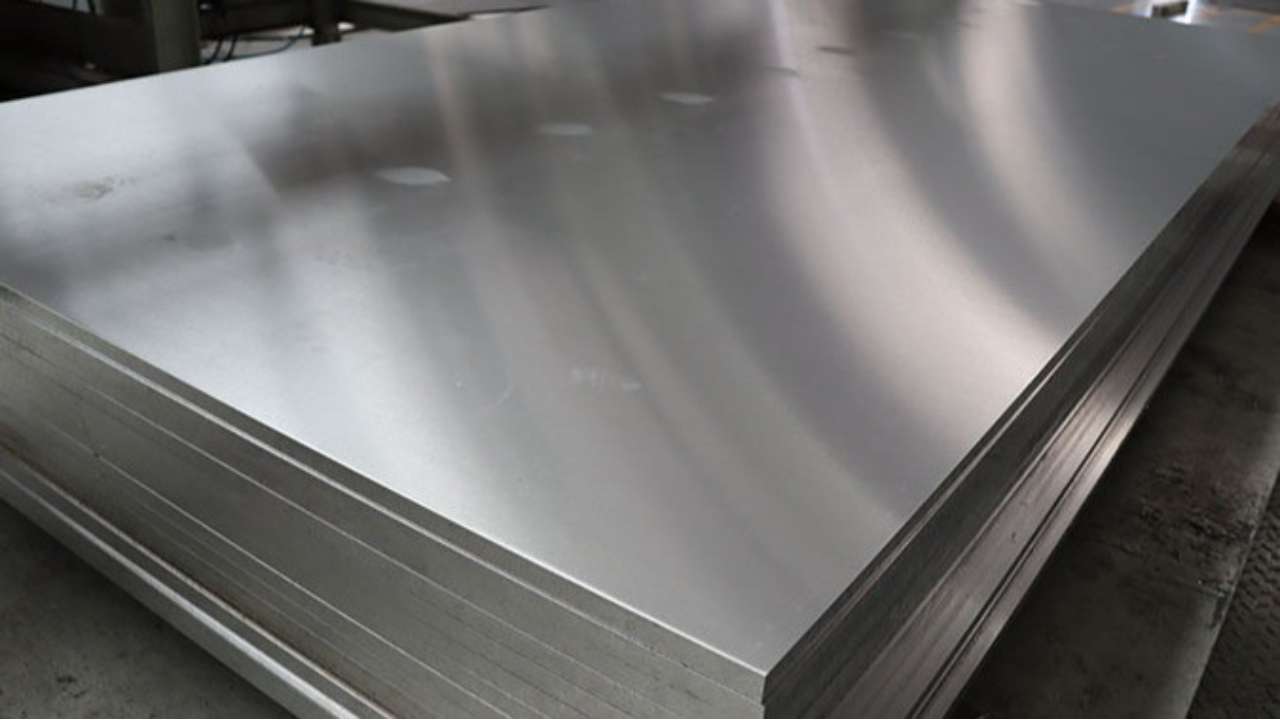
5454 aluminum alloy forms a mid-strength alloy of series 5xxx. It has a higher quantity of magnesium as compared to 5052, thus making it stronger. It works excellently in corrosive and high-temperature applications.
The alloy exhibits a good post-welding and post-cold forming performance. It does not lose strength, and it is ductile. 5454 aluminum is strain-hardened and is not heat-treatable. It is available in sheet, plate, and coil forms.
It is lightweight with a stable strength to be used structurally. It welds easily with the 5356 aluminum filler wire and hardens nicely in moderate temperatures. It has average machinability, and when it is used with the appropriate tools, the results are good.
Chemical Composition and Role of Each Element
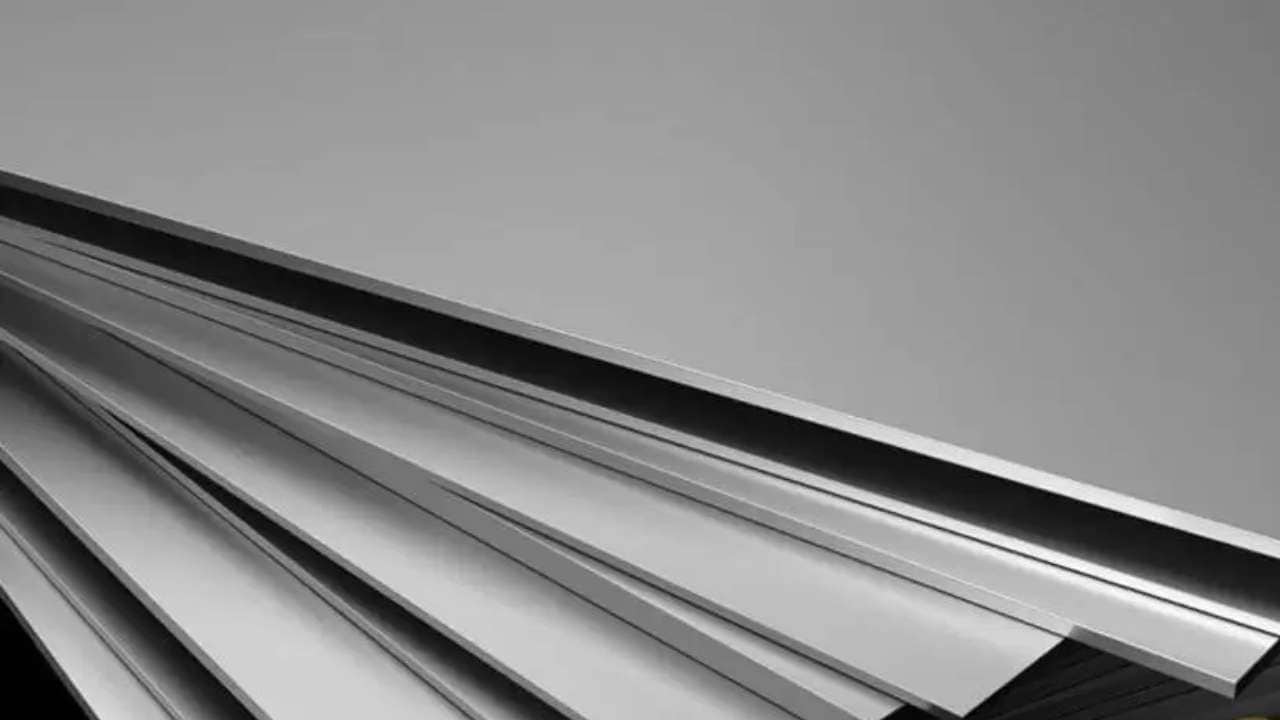
| Element | Weight Percentage (%) | Function in Alloy |
| Aluminum (Al) | Remainder | Base metal |
| Magnesium (Mg) | 2.4-3.0 | Improves corrosion resistance, Increases strength |
| Manganese (Mn) | 0.5–1.0 | Grain structure and toughness enhanced |
| Chromium (Cr) | 0.05-0.20 | Improves corrosion resistance |
| Others (Fe, Cu, Si, Ti) | Trace | Add grain refinement and minor strength |
Mechanical and Physical Properties of 5454 Aluminum
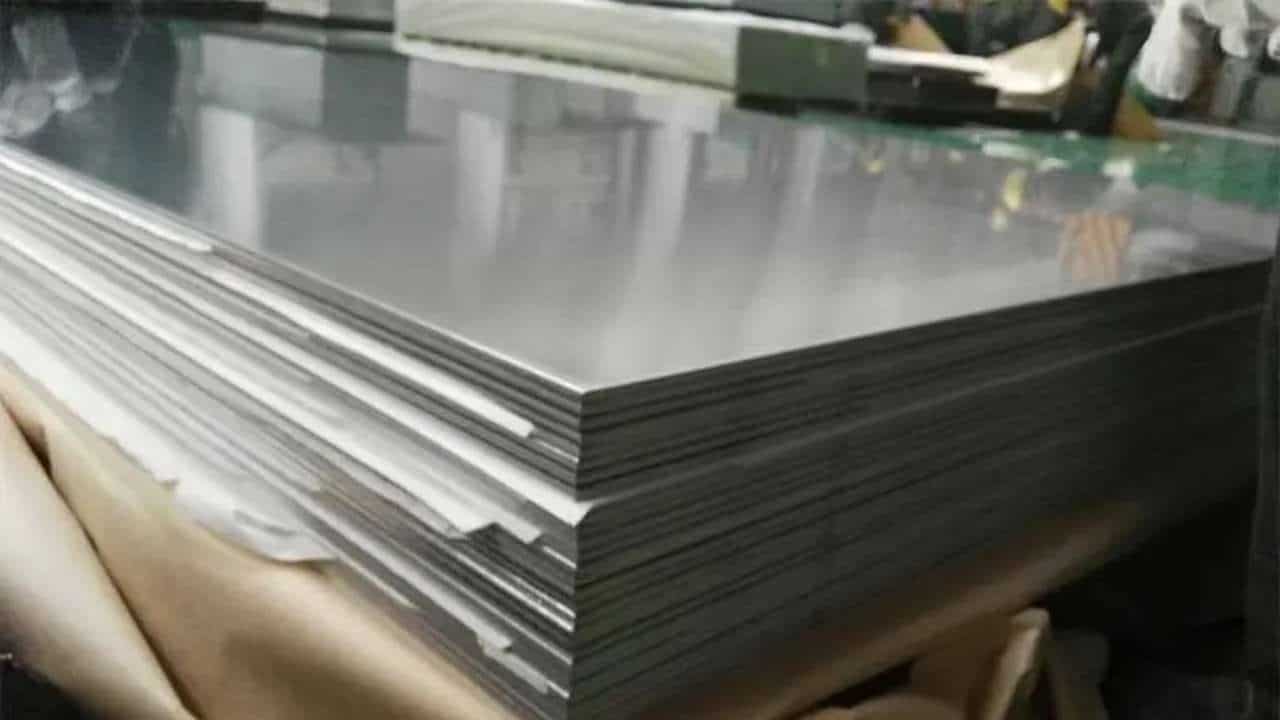
-
Structural Properties
| Properties | Breaking Strength | Yield Point | Elongation | Hardness | Modulus of Elasticity |
| Attributes | 250–310 MPa | ≥ 170 MPa | ~12–20% | ~65–75 HB | ~70 GPa |
-
Tensile Strength
You will attain 250-310 MPa of tensile strength. This enables durable design in load applications of moderate nature, such as tanks or trailers.
-
Yield Strength
It fractures at 170 MPa or more. You can rely on it under pressure without any breaking or loss of form.
-
Elongation
The 5454 aluminum can stretch out 20%. You obtain great formability and shaping flexibility without the chance of cracking.
-
Hardness
The 5454 aluminum hardness is between 65-75 HB. It is sufficient to be resistant to dents, particularly in industrial and transport uses.
-
Modulus of Elasticity
With the pressure of 70 GPa, your structure does not get deformed and can bounce back from the load or stress.
-
Physical Properties
| Properties | Density | Melting Point | Thermal Conductivity | Electrical Conductivity | Thermal Expansion |
| Attributes | ~2.66 g/cm³ | ~607 °C | ~130 W/m·K | ~0.036 µΩ·m | ~23.5 × 10⁻⁶/K |
-
Density
The 5454 aluminum is lightweight at ~2.66 g/cm³. Reduces structural load, yet integrity and strength remain.
-
Melting Temperature
The 5454 grade melts at about 607 °C. It forms and handles high temperatures and forming applications.
-
Thermal Conductivity
Its heat resistance is good at 130 W/m K. You will comfortably operate it under hot conditions.
-
Electrical Conductivity
The electrical conductivity of the 5454 aluminum is moderate at 0.036 µΩ·m. But not when it is needed by the electronics.
-
Heat Expansion
Thermal movement is feasible with no cracking and misalignment, and the expansion rate of the 5454 Al grade is 23.5 × 10⁻⁶/K.
Heat Treatment and Other Processing Techniques
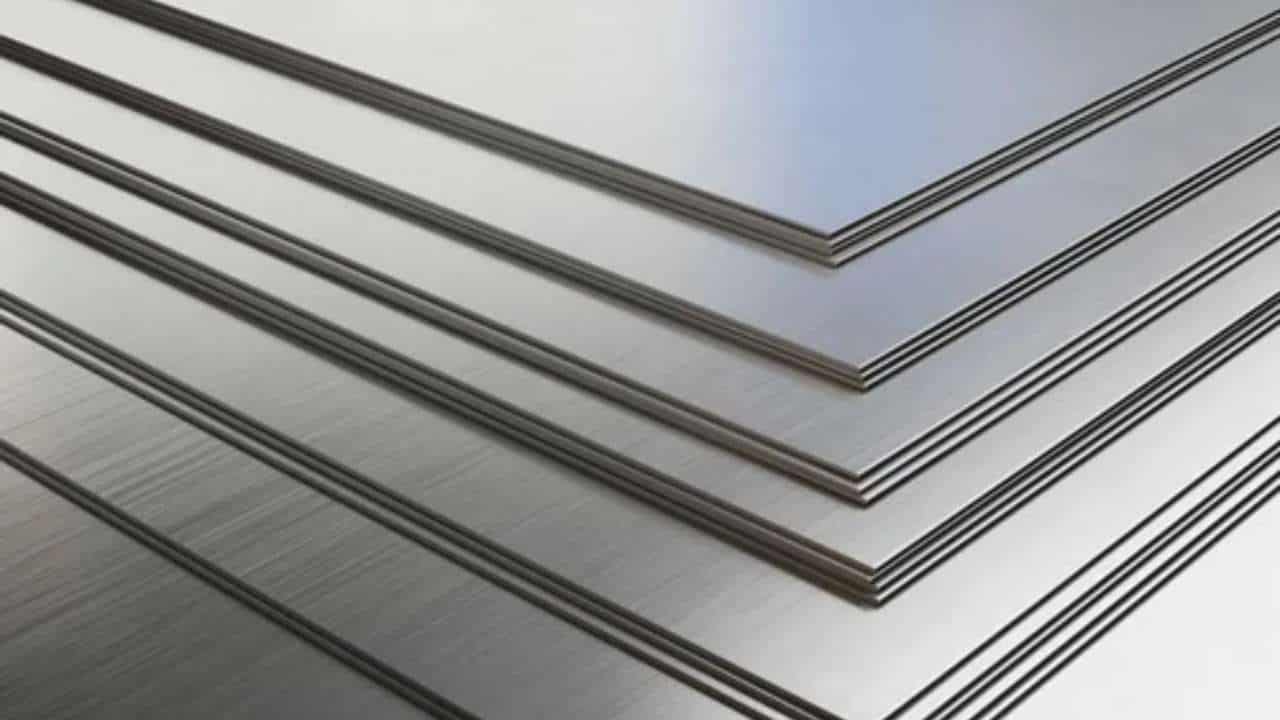
5454 aluminum cannot be strengthened by heat treatment. Instead, you will alter it using cold working.
● Annealing
You will heat up the metal to 345 °C and cool it in the air. This makes the metal less stressed and more ductile for future shaping.
● Cold Working & Tempers
The strength of H32 or H34 tempers should be utilized. To make its shape tight without losing hardness, form it by rolling or pressing when cold.
● Hot Working
You can forge it within the temperatures 370–480 °C. That span of temperatures allows you to shape thick sections easily without any cracks or damaged items in the course of forming.
● Welding
When you use 5356 filler, the result will be strong, corrosion-resistant welds. It is strong and makes no compromises, and it can combine marine or structural components, for instance, by welding them.
● Machining
You will notice average machinability. Apply sharp cutting tools, low cutting rate, and coolants to enhance your surface finish, eliminate tip heat residue, and tool damage.
Applications
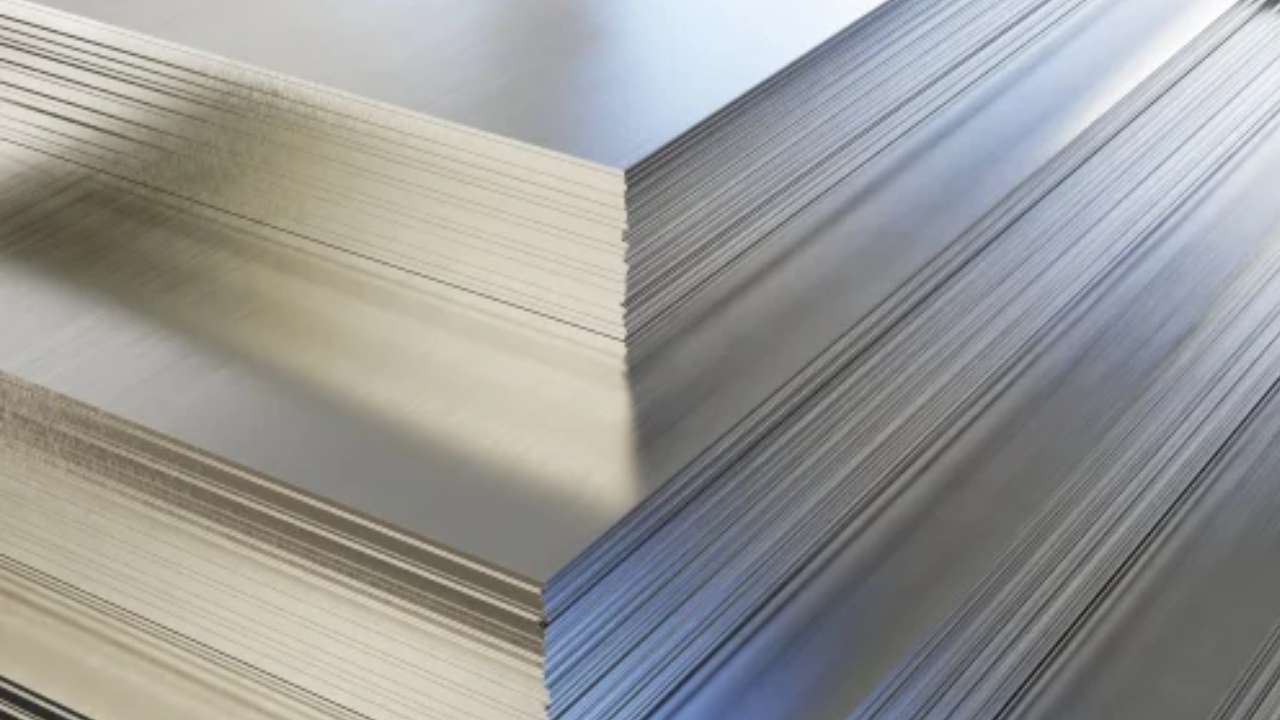
-
Automotive Fuel & Oil Tanks
You will use 5454 aluminum in fuel tanks. It possesses weldability, corrosion resistance, and strength within vehicle systems.
-
Shipbuilding & Marine Vessels
In the case of boats or ship decks, 5454 aluminum is good. It does not dissolve in saltwater, but it can be easily welded to form strong structures.
-
Chemical Tankers & Storage Vessels
Use the 5454 aluminum for your chemical containers. It exhibits excellent performance in caustic and industrial conditions with a long service life.
-
Pressure Vessels & Silos
Excellent pressurized storage selection. The 5454 aluminum is stable and strong, and it also resists vibration or internal forces.
-
Structural Panels
You will find it in truck bodies or structures. It gives strength without a heavy load.
Conclusion

5454 aluminum alloy is quite reliable in strength and corrosion resistance. Although it cannot be heat-treated, it cold-forms and welds very well. You should pick 5454 aluminum for your tanks, vessels, and structures that require rugged and lightweight performance. Discover how HMaking to get high precision 5454 aluminum parts that are manufactured to high industry standards.


